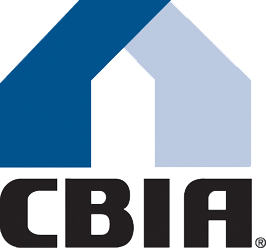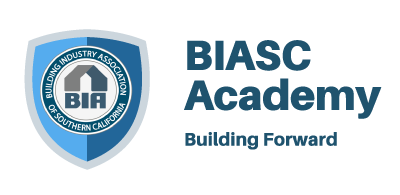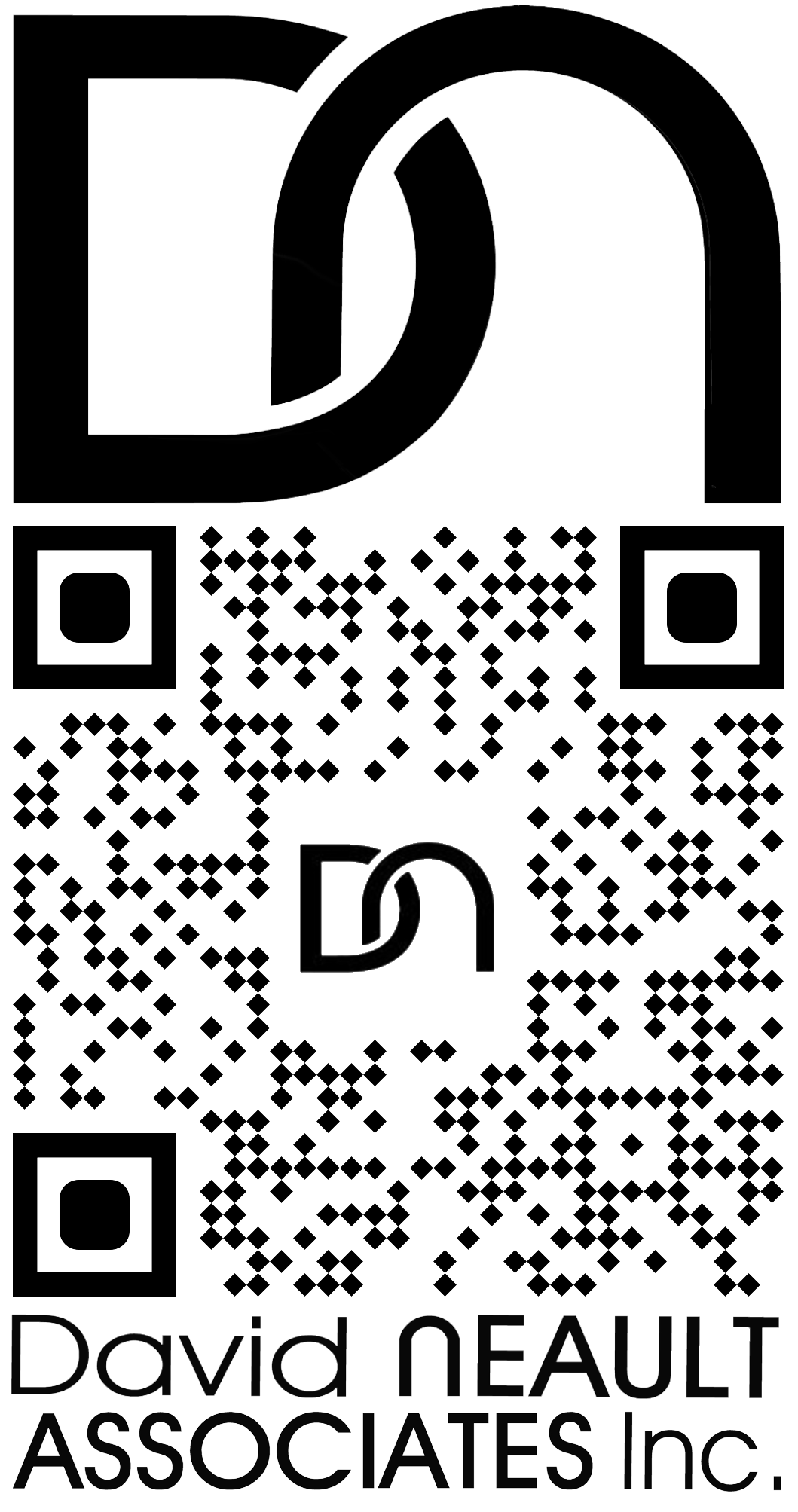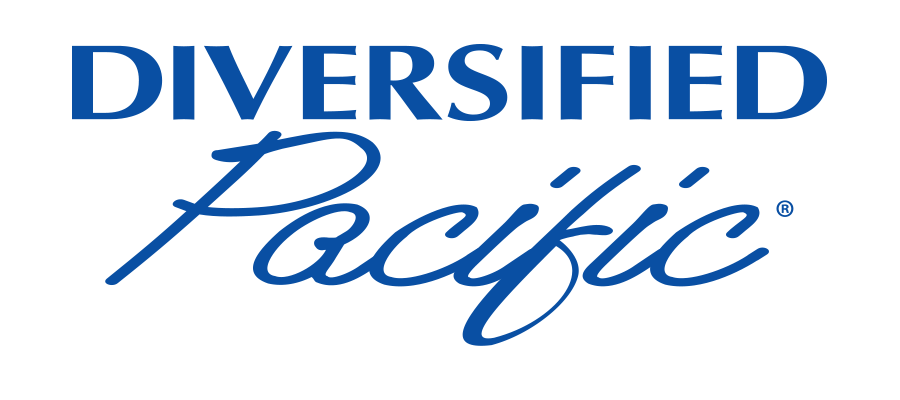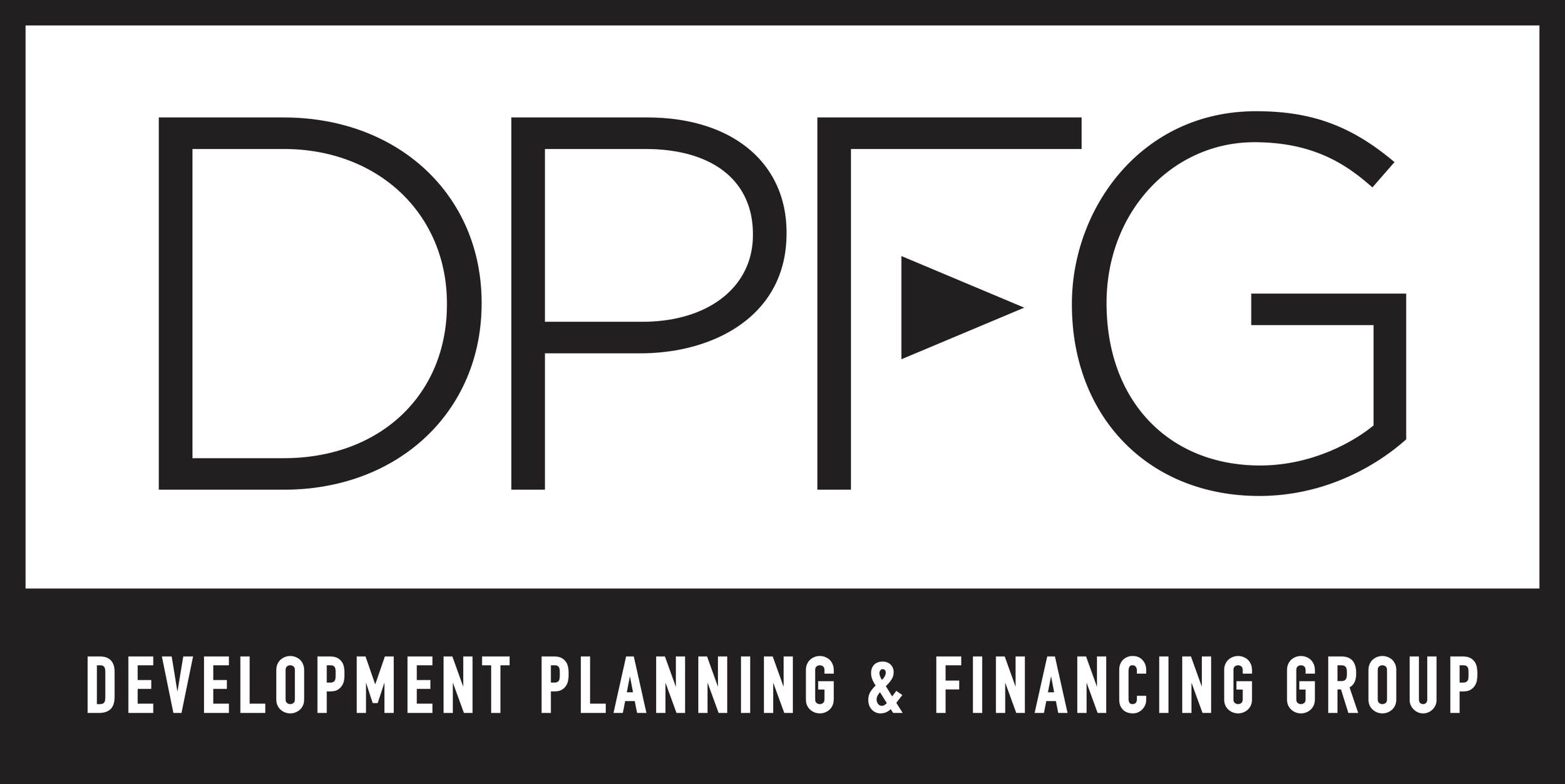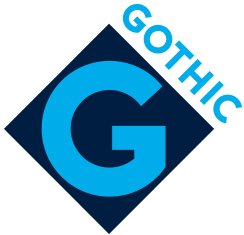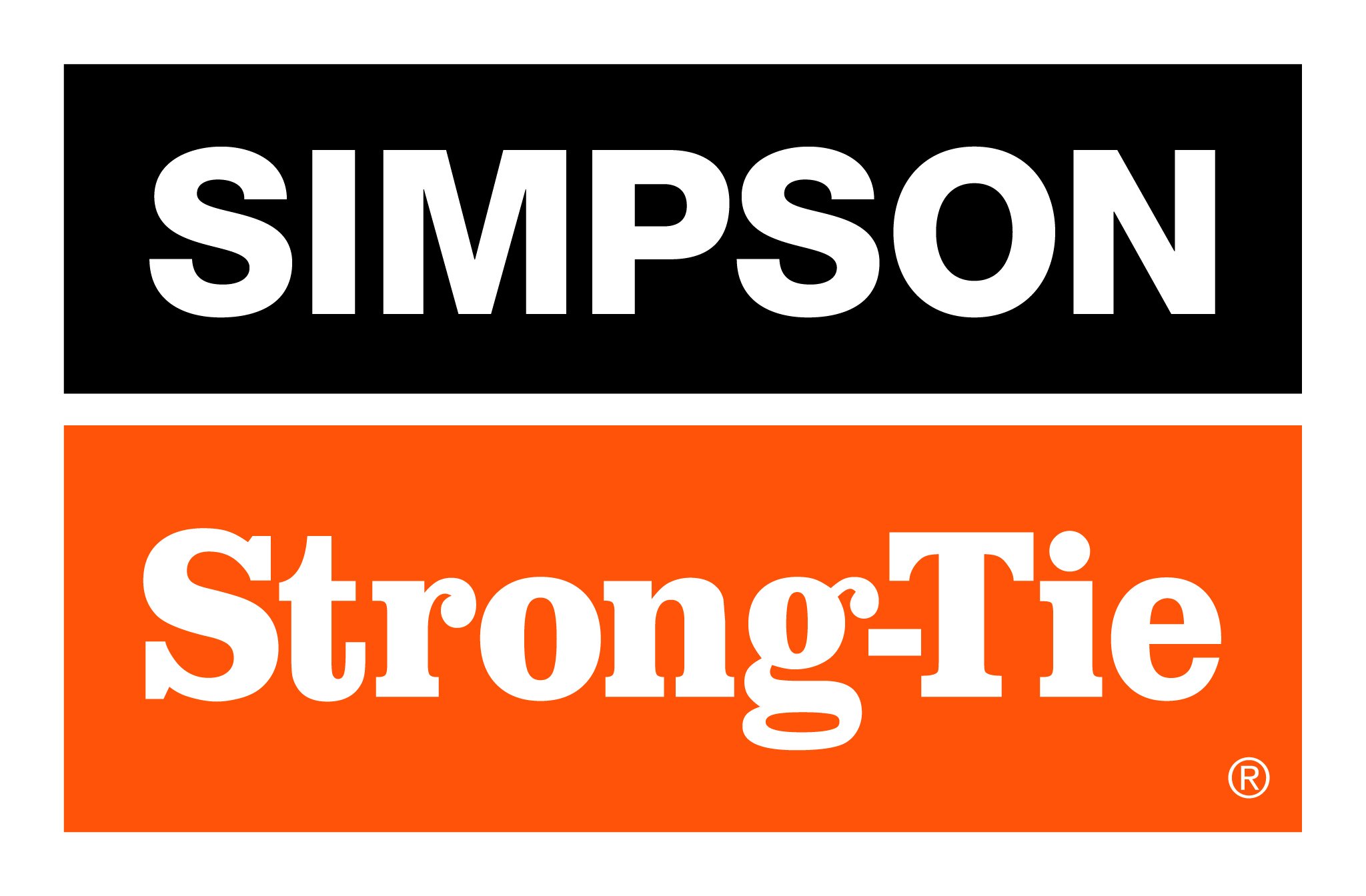ByAli Sahabi of Optimum Group, LLC
President, Building Industry Association (BIA) Baldy View Chapter
One of the biggest reasons that today’s new home is the finest, most durable and most environmentally-friendly home ever built is that for today’s homebuilders, the environment doesn’t stop at the front door. Today, even the interior of a home is designed to be as “green” as it can be because contemporary homes come stocked with the latest in modern, energy-efficient appliances that protect our indoor as well as our outdoor environments.
Today’s new home represents the pinnacle of the homebuilder’s art and one of the biggest reasons that today’s new home is a great value because it and most of the state-of-the-art products and appliances in it are protected by warranties. Warranties guarantee that your new home and everything in it are built to the highest possible standards of workmanship and materials. They protect and maintain the value of your home by ensuring that all products perform as promised. More importantly, warranty protections allow homeowners to set up long-term plans to keep the home running at optimum efficiency while minimizing operating costs.
Today’s home is a sophisticated, complex network of moving parts - from the hinges on cabinets to state-of-the-art central air-conditioning and heating systems and appliances, today's new home incorporates the latest in style, safety, efficiency, mechanical, electronic and scientific breakthroughs to keep your family safe and comfortable while protecting your environment and your investment. That is why one of the most important steps in the purchase of a new home is what is known as the “warranty orientation phase” - more commonly known as the “walk-through.” The walk–through is a final inspection in which you and your homebuilder's staff will literally walk through your new home and make sure you're instructed on how everything works and to spot any slight imperfections that need to be corrected.
During the walk–through, homeowners receive a package of instruction booklets and warranties covering the operations of the home's components protected by warranties such as HVAC (heating, ventilation and air-conditioning) systems, appliances, emergency detectors and landscape irrigation to clarify the new home's coverages and procedures. It also clarifies the buyer's responsibilities for maintenance and upkeep and introduces new homeowners to their new community. The walk-through is particularly important because new homes are built with the best industry practices and the finest in workmanship and materials. Knowing how to operate and maintain your home's components will ensure optimum performance, long life and cost-savings.
During the walk–through, homebuyers are encouraged to ask all the questions they want to ask. If a builder's representative can't answer all questions during the walk-through, he or she will know where to get the answers as quickly as possible. Many builders schedule two visits during the first year — one near the beginning and the other near the end of the transaction - to make necessary adjustments and to perform work of an emergency nature.
Your builder wants you to be satisfied with your purchase because homebuilders strive to build long-term relationships with their customers. Not only does a builder's reputation for quality go a long way toward getting all of the necessary approvals and permits needed to build the American Dream, but homebuilders know that happy customers tell their friends and family - who are also potential homebuyers. In fact, when buyers move to a new community, builders often provide a packet of material to help them become acclimated.
Today’s homebuilder takes pride in building the best American Dream that can be built and the walk-through is more than an opportunity to ensure that today’s American Dream of homeownership is the best that it can be, it is a positive learning experience that will enhance the homeowner’s enjoyment of their home for as long as they own it.
And have a happy National New Homes Month in April.



